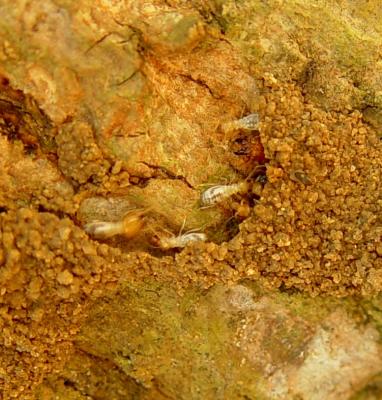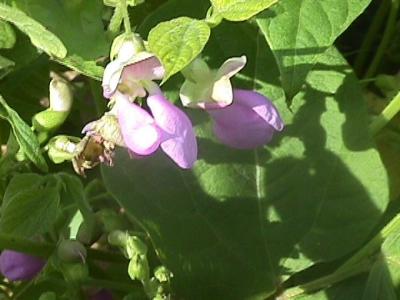


Termites (Coptotermes formosanus)
Termites can be a serious problem for coconut palms, particularly for young trees in tree nurseries or trees that have just been transplanted into the field. Termites live in the soil in hills, construct tunnel from the hills to the palms and feed on all parts of young coconut palms. Damage occurs mainly during the dry season.
Many plants have a repellent or even insecticidal effect on termites and can be applied as spray directly against termites or as barrier around the trunk of coconut palms:
- Neem: seeds and leaves (extracts or cake)
- Quassia indica or Q. amara: bark and leaves
- Sandalwood: wood
- Chinaberry, persian lilac (Melia azedarach): bark, branches, leaves, extracts
Euphorbia sp.: "In Tanzania, especially in Dar es Salaam and coast regions, farmers plant with each seedling 2 or 3 sticks of Euphorbia sp. to protect the young palms from termite attack. On nurseries the Euphorbia plants can be planted around the seedbed to prevent access of termites to the palm seedlings and young palms. When the palms have grown big the euphorbia is simply cut down. The practice is widespread and farmers are convinced that it really does keep termites off the susceptible seedlings (Z. Seguni, MARI personal communication)".
- Place nurseries in land without termites.
- Alternatively, raise palms in polyethylene bags and check them always for termites.
- Pour a thin layer of sand from the soil over the exposed parts of the buried nuts.
- Help termite enemies (birds, insect predators) to have close habitats by the above mentioned diversification strategies.
- Traditional methods for controlling termites include: flooding mounds, digging out mounds and removing the queens, suffocating the colony by burning
